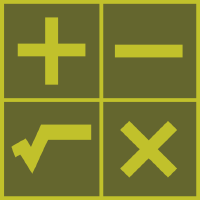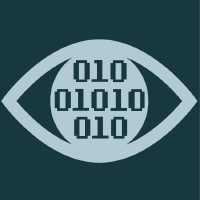Topic Editors


Color Image Processing: Models and Methods (CIP: MM)

Topic Information
Dear Colleagues,
Color information plays a crucial role in digital image processing since it is a robust descriptor that can often improve data compression and simplify scene understanding for humans and automatic vision systems. Research about color presents new challenges since it makes it possible to expand the currently available methods, most of which are limited to the gray-level class of images. Furthermore, the multivariate nature of color image data requires the design of appropriate models and methods at both the mathematical and percentual/computational levels. As a result, Color Image Processing (CIP) has become an active research area witnessed by many papers during the past two decades. It finds wide application in numerous fields such as, among many others, Agriculture, Biomedicine, Cultural Heritage, Remote Sensing, Defense, and Security.
This Topic aims to give an overview of the state-of-the-art in color image processing and provide present/future directions in several applicative contexts. Specifically, the Topic focuses on two aspects that traditionally are considered separately: mathematical modeling and computational design of methods. Papers presenting reviews, alternative perspectives, new models/methods in the field of CIP facing both these aspects are welcome. All submitted papers will be peer-reviewed and selected on the basis of both their quality and relevance to the theme of this Topic.
We invite original contributions that provide novel solutions to these challenging problems. Submitted papers can address theoretical or practical aspects of progress and directions in CIP.
Issues of interest include, but are not limited to:
- Information Theory and Entropy-based method for CIP
- Color space models
- Mathematical modeling for CIP
- Numerical approximation for CIP
- Color image enhancement, segmentation, and resizing
- Data augmentation for CIP
- Deep learning for CIP
- Color content-based image retrieval
- Color quality image assessment
- Biometric CIP
- Color medical imaging
- CIP Models and Methods applied to Agriculture, Cultural Heritage, Remote Sensing, Defense, and Security
Dr. Giuliana Ramella
Dr. Isabella Torcicollo
Topic Editors
Keywords
- color images
- mathematical models
- computational methods
- color visual processing
Participating Journals
| Journal Name | Impact Factor | CiteScore | Launched Year | First Decision (median) | APC | |
|---|---|---|---|---|---|---|

Applied Sciences
|
2.5 | 5.3 | 2011 | 17.8 Days | CHF 2400 | Submit |

Computation
|
1.9 | 3.5 | 2013 | 19.7 Days | CHF 1800 | Submit |

Entropy
|
2.1 | 4.9 | 1999 | 22.4 Days | CHF 2600 | Submit |

Journal of Imaging
|
2.7 | 5.9 | 2015 | 20.9 Days | CHF 1800 | Submit |

Optics
|
1.1 | 2.2 | 2020 | 19.6 Days | CHF 1200 | Submit |

MDPI Topics is cooperating with Preprints.org and has built a direct connection between MDPI journals and Preprints.org. Authors are encouraged to enjoy the benefits by posting a preprint at Preprints.org prior to publication:
- Immediately share your ideas ahead of publication and establish your research priority;
- Protect your idea from being stolen with this time-stamped preprint article;
- Enhance the exposure and impact of your research;
- Receive feedback from your peers in advance;
- Have it indexed in Web of Science (Preprint Citation Index), Google Scholar, Crossref, SHARE, PrePubMed, Scilit and Europe PMC.

